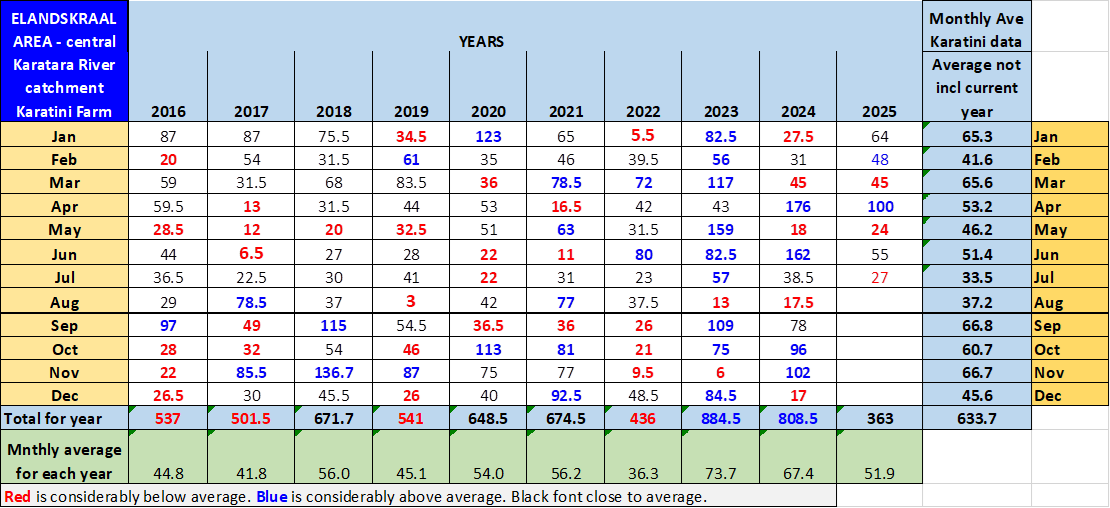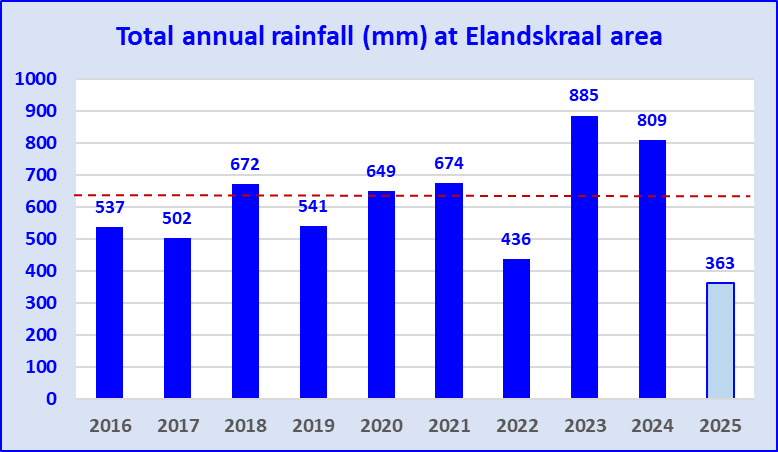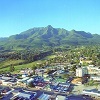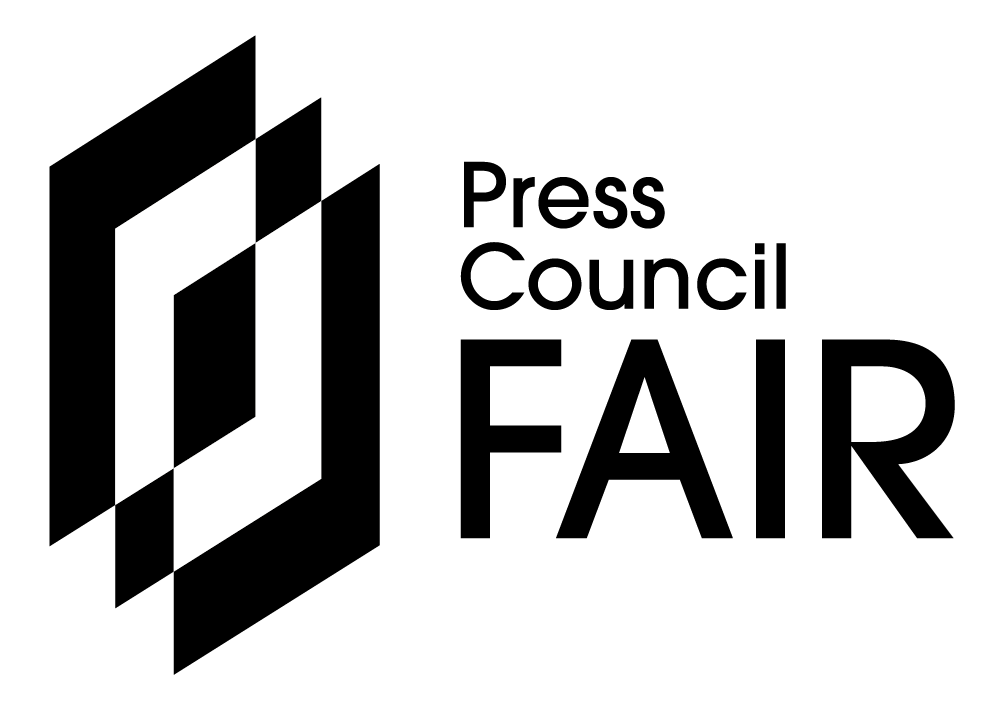ENVIRONMENT NEWS - Local environmental hydrogeologist, Ritchie Morris from the Sedgefield area, provides an update on the rainfall in the central part of the Karatara River Catchment - as measured in the Elandskraal area. The last analysis and feedback on these data was at the end of 2024.
He raises some concerns around the alien vegetation in the Karatara river catchment.
Morris comments as follows:
- The table below is the actual data as recorded in 2 rain gauges at Karatini Farm and averaged – to improve overall accuracy. Most times they are exactly the same.
- It is accepted that certain rainfall types/events, eg thunder showers, may be very variable spatially within the Elandskraal-Barrington.
- However, the data below are probably fairly representative overall for the central part of the Karatara River catchment. We do make regular comparison with friends and neighbours in the area and great variances do not happen often. Higher rainfall is likely to occur closer to the mountains in the Farleigh forest station area due to orographic influences.
- Year 2025 data is for the 7 months to end July.
- The averages in the RHS column are for a 9 year period from 2016 to end 2024. This makes it possible to compare monthly totals to the 9 year average for that particular month.
- Blue bold figures are where the monthly amount is above average.
- Red bold is where it is below average.
- The previous two years can be considered good rainfall years and way above average – remember though that the 9-year average includes some really poor rainfall years during the extended drought.
- Three of the past 7 months have been below average for that respective month.
- Only 1 of the past seven months has been above average, namely April 2025 with 100 mm of rainfall.
- May, June and July 2025 have all been close to, or considerable below average monthly rainfall.
- If we consider the total for 2025, after 7 months at 363 mm, good rains would be needed from August to end December to bring the year total up to a desirable total. Hopefully Spring brings such to the area.
Aliens
Morris has mentioned before the important aspect of rainfall being the 'nature' of each rainfall event, e.g:
- slow drizzly rain means more effective infiltration;
- heavy thundershower type downpour means more rapid runoff - good for dams and the river, but the hydrograph would show a rapid, narrower peak.
So the quality of rainfall is important. Whilst that can be useful to consider, it means a lot more specific interpretation.
Such interpretation becomes skewed and inaccurate because there are parts of the Karatara River Catchment that are very badly infested with aliens, mainly black wattle, blackwood, some blue gums and rooikrans.
Hazards and risk
Morris notes that the alien (Ozzie) blackwood (Acacia melanoxylon) and black wattle are becoming more and more dense and extensive in areas.
This can be seen when driving the Barrington Road. Also, when crossing the bridges on the Seven Passes Road, eg Karatara bridge - the river courses are very clogged with large alien trees.
This hazard needs to be assessed for the following reason (the risk): should a large flood type rainfall event occur in the upper Karatara catchment, it is possible that large trees and other movable vegetation in the river course would be mobilised and washed downriver with the flood water.
Should large trees dam up against the support columns of the Karatara bridge, this may damage the bridge structure, and possibly even wash the bridge away.
This is possibly the case for the other Seven Passes bridges, e.g. Homtini, Hoogekraal.
All landowners should be encouraged to manage and remove the aliens from their properties.

 The dotted red line in the graph above is the average annual total for a 9 year period - 633 mm.
The dotted red line in the graph above is the average annual total for a 9 year period - 633 mm.
Who is Ritchie Morris?
Ritchie has 40 years' experience as an Environmental Hydrogeologist. He is registered with the Geological Society of South Africa: Groundwater Division, and was registered as a Professional Natural Scientist (Pr Sci Nat) on 29 May 1990. He has a BSc degree in Geology and Geography, and a BSc Honours degree in Geography, both from Rhodes University. He completed several courses locally and internationally with specialisation in the field of hydrogeology. He was registered as a (specialist) Environmental Impact Assessment (EIA) practitioner on 19 April 2004 with the (then) Interim Certification Board and was part of the team that (2009) developed guidelines for involving hydrogeologists in EIA processes. He has undertaken part time lecturing for academic institutions, at IAIAsa conferences and for government organisations.
He believes that the environment should have far greater rights.
‘We bring you the latest Garden Route, Hessequa, Karoo news’
















